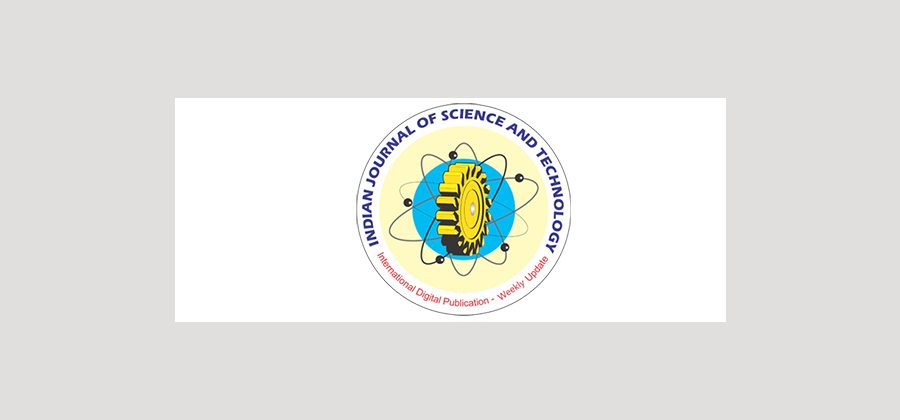


Indian Journal of Science and Technology
DOI: 10.17485/ijst/2017/v10i31/113878
Year: 2017, Volume: 10, Issue: 31, Pages: 1-6
Original Article
Argha Dey, Bhaskar Chandra Das, Asit Baran Biswas, Poulomi Sarkar, Abhishek Dhar, Subhasis Roy* and Sk. Abdul Moyez
Department of Chemical Engineering, 92, A.P.C Road, Kolkata – 700009, India; [email protected], [email protected], [email protected], [email protected], [email protected], [email protected], [email protected]
*Author for the correspondence:
Subhasis Roy
Department of Chemical Engineering, 92, A.P.C Road, Kolkata – 700009, India; [email protected]
In this paper general plans are anticipated by passivated co-doping to enhance the activity of TiO2 semiconductors for photocatalysis and photovoltaics applications. We synthesized graphene doped TiO2 powder as well as thin film using chemical solution deposition method. Structural and morphological characterization confirmed that the formed thin film is impurity free and with uniform pattern. XRD peaks clearly indicate formation of pure anatase phase. Our results shows that the graphene co-doping TiO2 has modified the catalyst band edges by raising the valence band (VB) edge significantly and the band gap for co-doping system became narrow to about 1.635 eV. We observed significant results of this film in the photocatalysis and photovoltaics application. In presence of graphene doped TiO2 nanocomposite, ∼80% of MB was degraded within 180 min. The fabricated cell with graphene doped TiO2 nanocomposite shown cell efficiency around 1.12 %. It was observed that due to its cost effectiveness stability, and enhance photon absorption property this graphene doping TiO2 thin film has high potential to be applied in industry.
Keywords: Doping, Graphene, Nanocomposites, Photocatalysis, Photovoltaics
Subscribe now for latest articles and news.